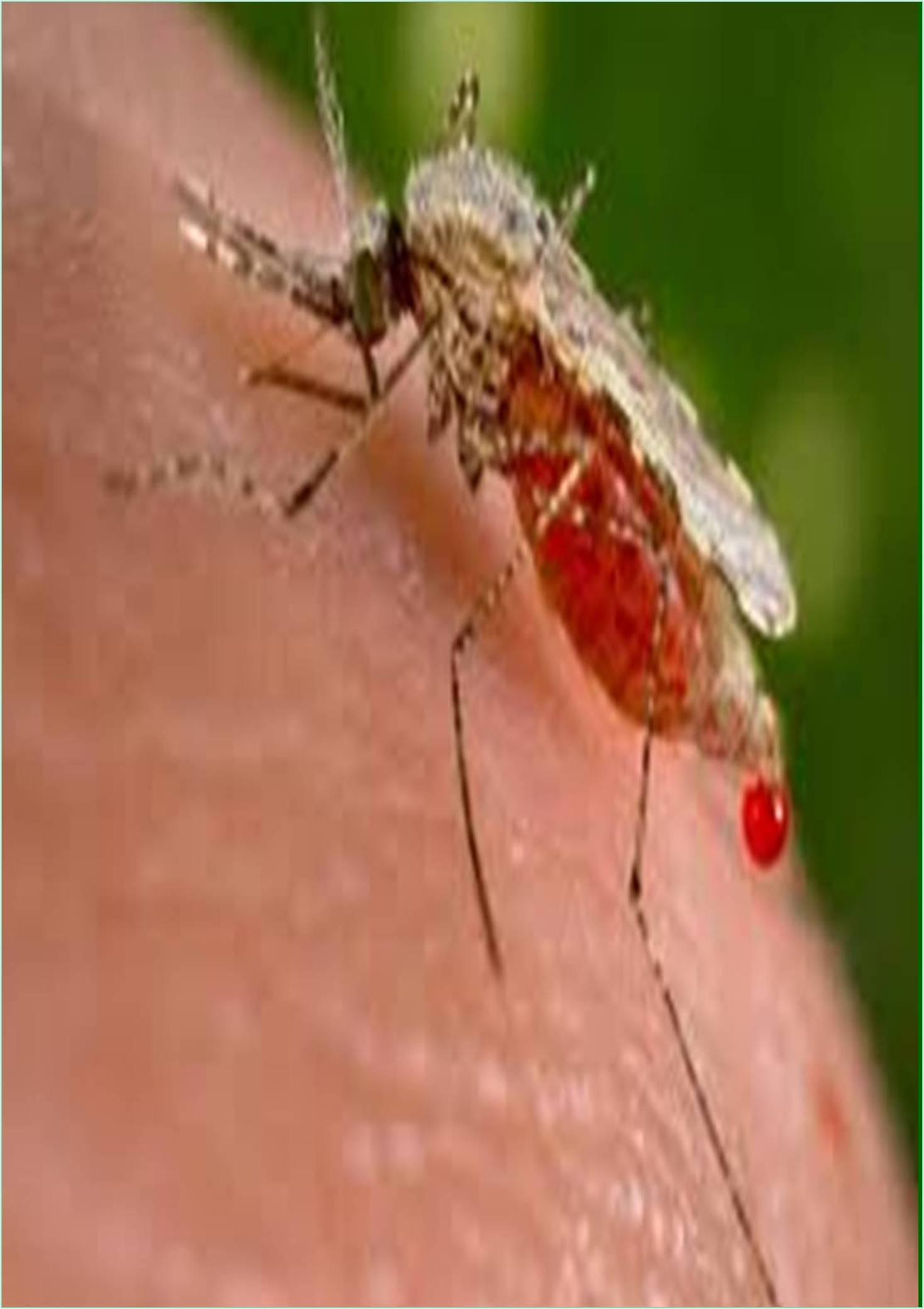



Received: 03-Feb-2022, Manuscript No. IJMAR-22-59699; Editor assigned: 05-Feb-2022, Pre QC No. IJMAR-22-59699 (PQ); Reviewed: 17-Feb-2022, QC No. IJMAR-22-59699; Revised: 22-Feb-2022, Manuscript No. IJMAR-22-59699 (R); Published: 01-Mar-2022, DOI: 10.15651/ IJMAR.22.1.2
Malaria resistance is a serious threat to efforts to control and eliminate malaria. Monitoring based on a simple field protocol with intensive tests to detect molecular markers associated with malaria drug resistance can be used to identify sites that require further investigation. Malaria vaccines can be divided into three categories: preerythrocyte vaccines, blood stage vaccines, and infection-blocking vaccines. Molecular markers of antimalarial drug resistance are used to study the emergence of resistance and assess its spread. It provides information on the genetics of parasites associated with resistance, either single nucleotide polymorphisms or gene copy number polymorphisms associated with reduced parasite susceptibility to antimalarial drugs. Glucose transporter PfHT1, kinase (Plasmodium kinome), dietary follicles, apicoplasts, cysteine proteases, and amino peptidases are new targets for the development of new antimalarial drugs. Therefore, this review summarizes antimalarial drug resistance and new antimalarial drug targets.
Malaria is an infectious blood disease that causes death and illness in children and adults, mainly in tropical countries, and infects mosquito carriers. The Plasmodium falciparum species are known to infect humans. Plasmodium falciparum causes the most dangerous parasites, with the highest complications and mortality. Antimalarial drug resistance leads to a global resurgence of malaria and poses a major threat to malaria control. Antimalarial drugs contribute to malaria parasites to evolve mechanisms of resistance. The life cycle of malaria is very complex and requires two host organisms, mosquitoes and humans. The most common symptoms of malaria (chills, high fever, sweating, malaise, headache, and myalgia) usually appear 1 to 4 weeks after infection. Parasites recurrent malaria protozoa range from 5 to 8 years, but these signs and symptoms may have been observed in other diseases as well. Methods include, among other things, lateral flow immune chromatographic assay Rapid Diagnostic Test (RDT), serology, Nucleic Acid Amplification Technology (NAT), Polymerase Chain Reaction (PCR), and isothermal amplification.
Drug-resistant Plasmodium Vivax
Chloroquine-resistant Plasmodium vivax was first identified in 1989 by Australians living in or traveling to Papua New Guinea. The resistance of Plasmodium vivax to chloroquine has also been confirmed in Southeast Asian countries. Case reports show the resistance of Plasmodium vivax to chloroquine. Vivax in other countries and regions, but needs further evaluation. In particular, the Vivax malaria parasite from Oceania is more resistant to chloroquine than P. vivax isolates from other parts of the world.
Therapeutic Effect of Antimalarial Drugs
Efficacy assessment in vivo consists of prescribing the required dose of antimalarial drug (single or combination therapy) to patients infected with uncomplicated Plasmodium parasites. It has developed and regularly updates methods that have contributed significantly to the standardization of antimalarial efficacy assessments. After receiving appropriate treatment, the patient are followed up by parasitological and clinical examination for a certain number of days 28-63 days depending on the half-life of the drug being evaluated), after which the treatment results were successful. Currently under regular supervision, this assessment, called Therapeutic Effect Studies (TES), has become the gold standard for guiding treatment strategies in malaria endemic countries.
Artemisinin-based Combination Therapy
Artemisinin-Based Combination Therapy (ACT) has become an integral part of recent advances in malaria control worldwide. The main idea behind ACT was to provide cheap, short-term treatment that also helped prevent the development of drug resistance. On paper, ACT should work perfectly. Artemisinin is a very fast-acting drug, which means that about half of the parasites in the body are removed within 12 hours of starting treatment. Artemisinin usually acts more slowly and is combined with a partner drug that affects the all remaining Plasmodium to death.